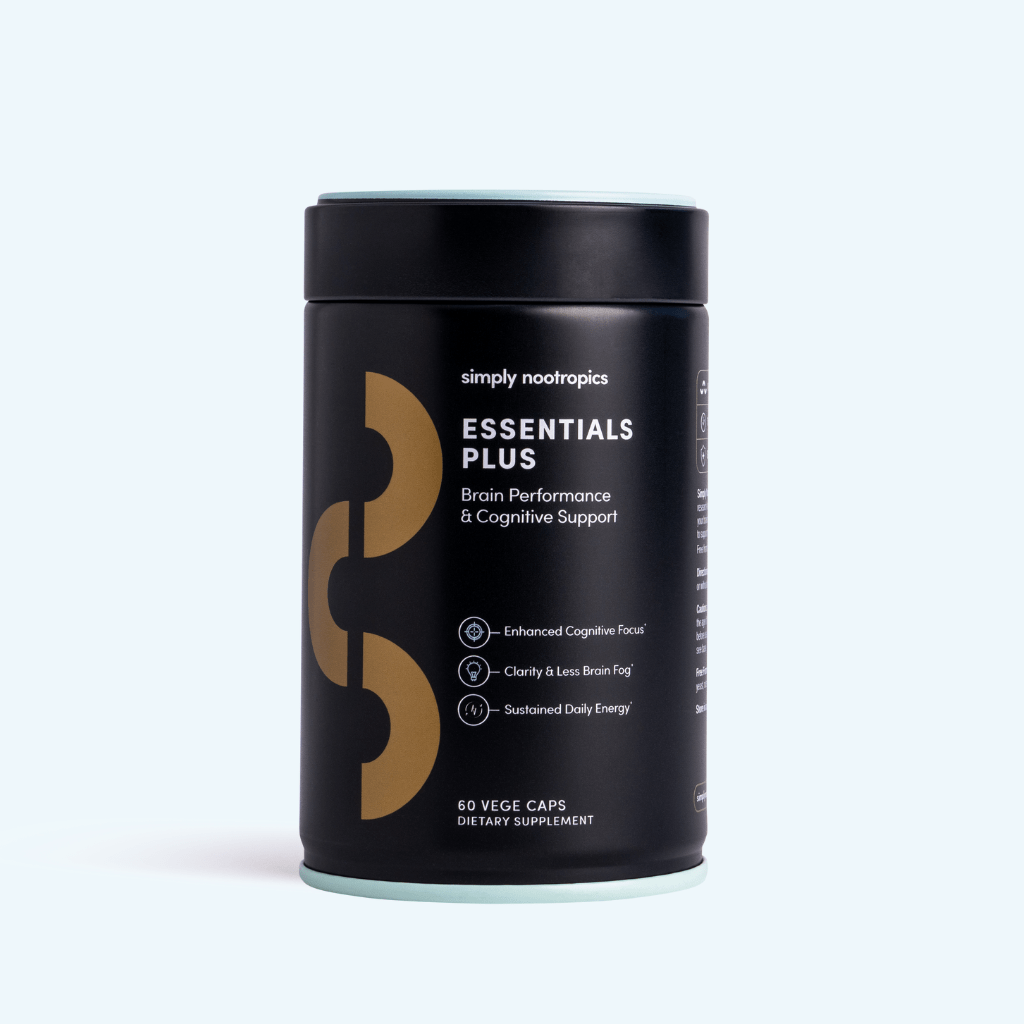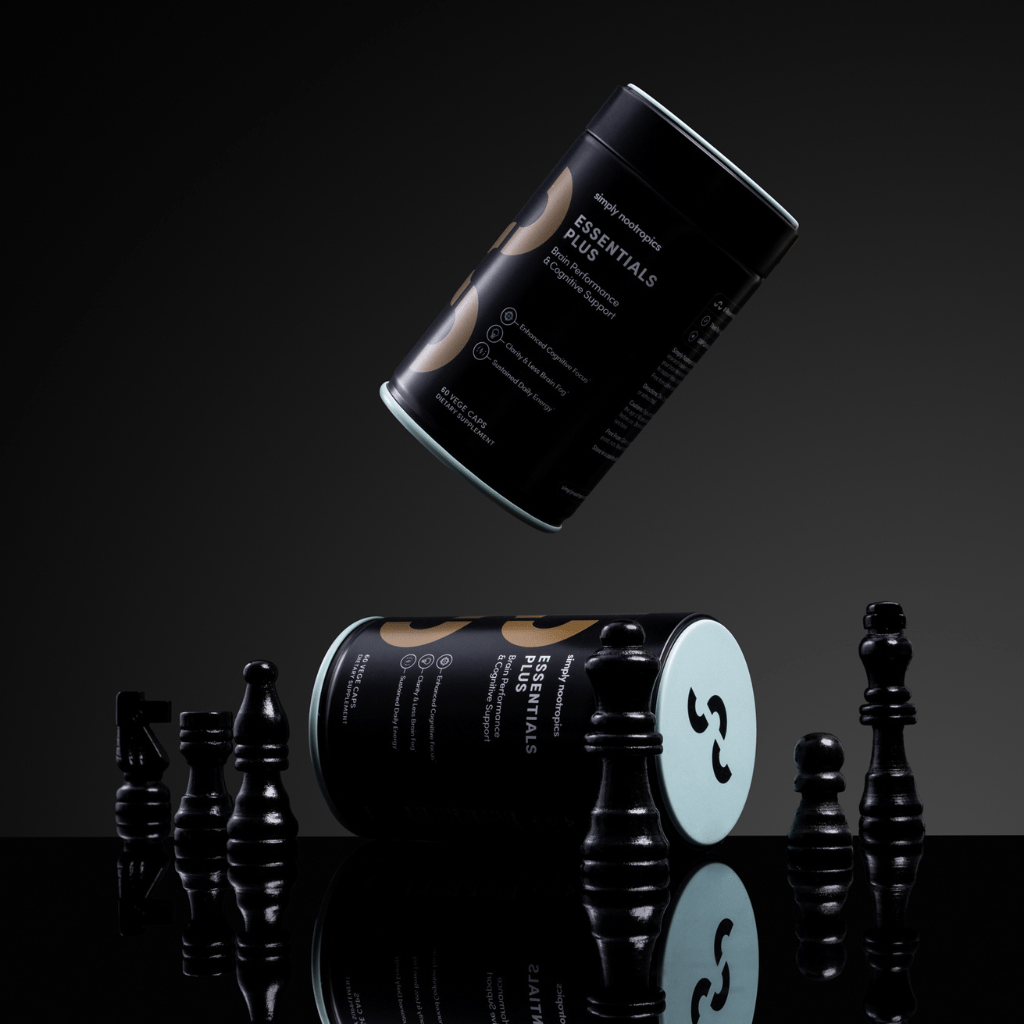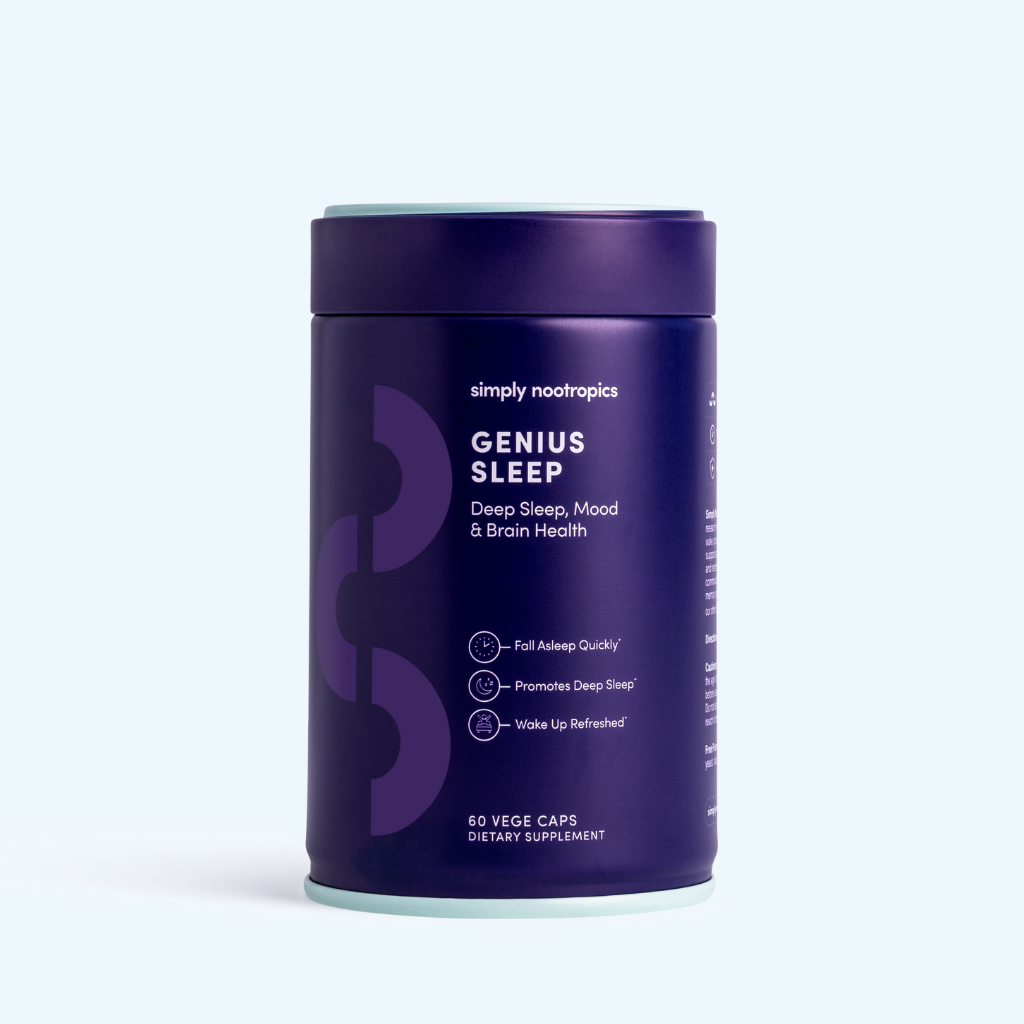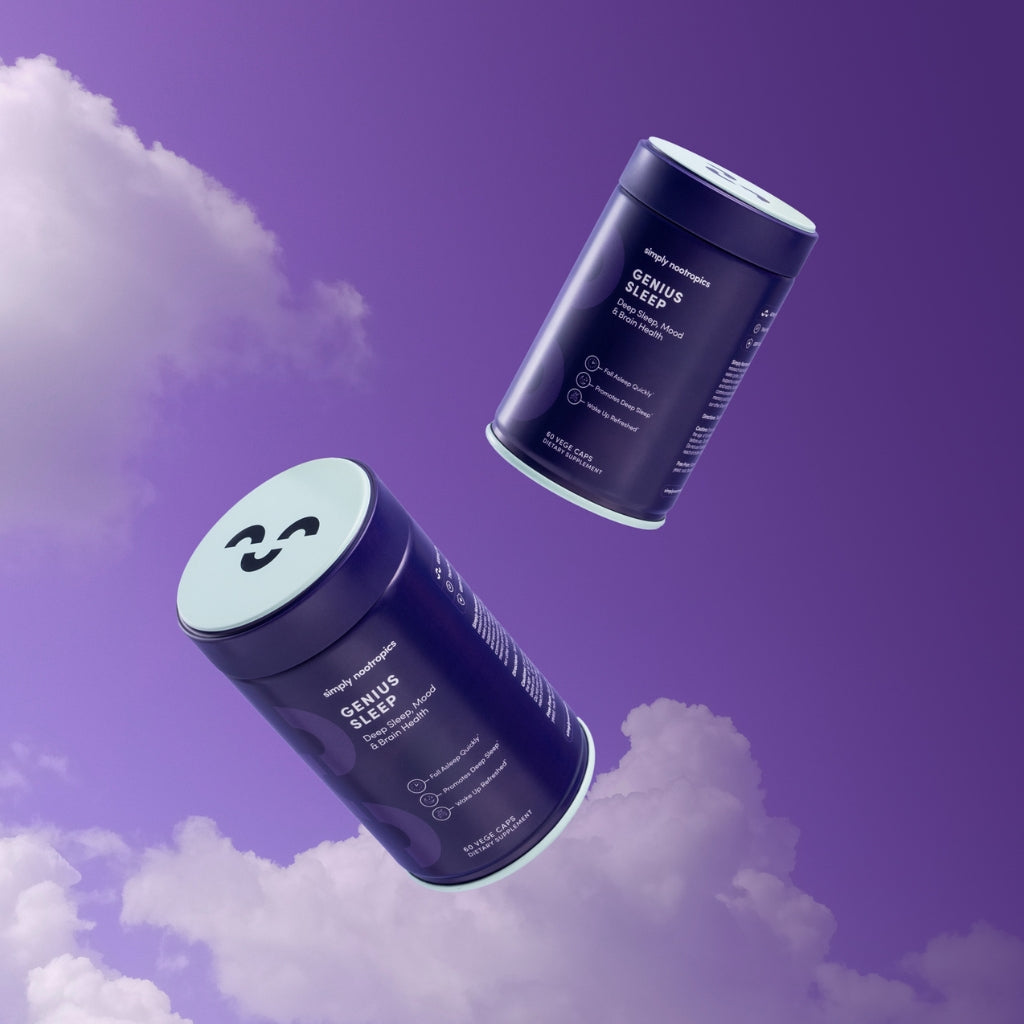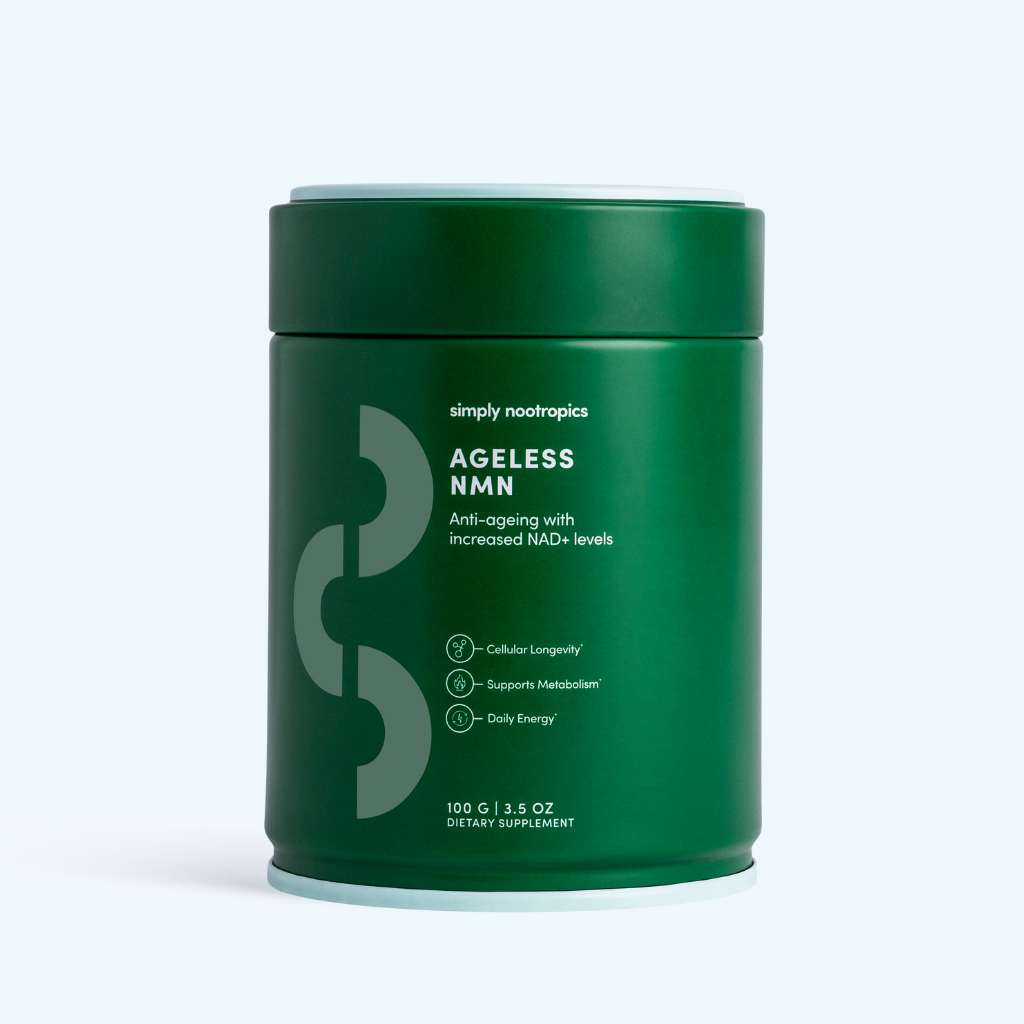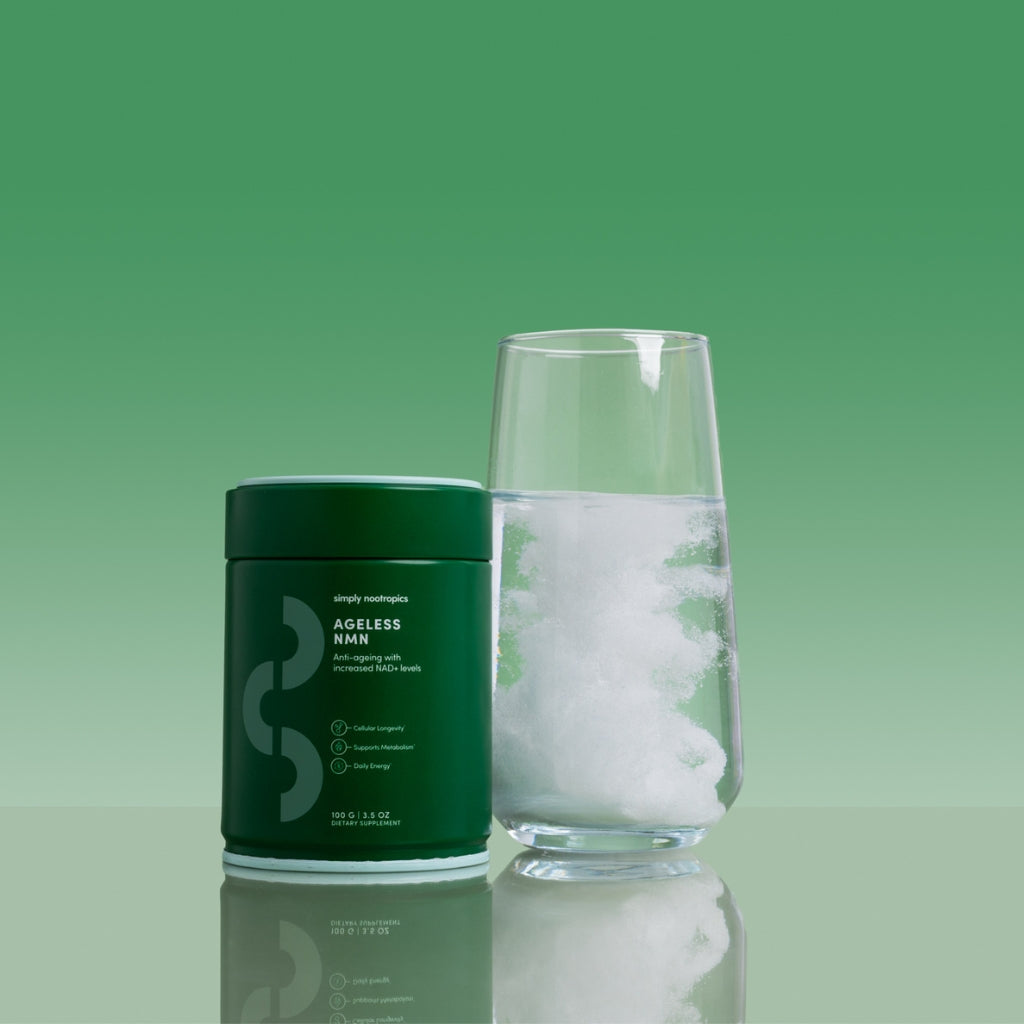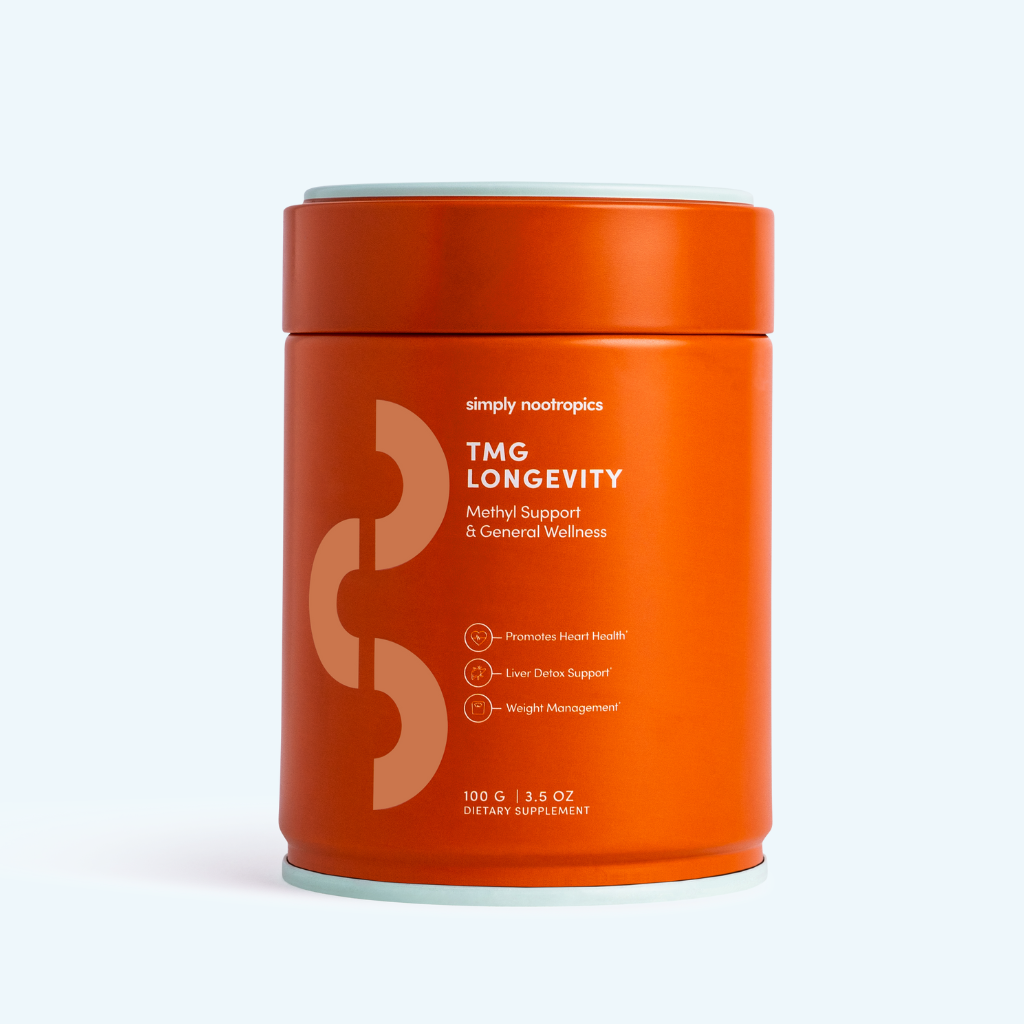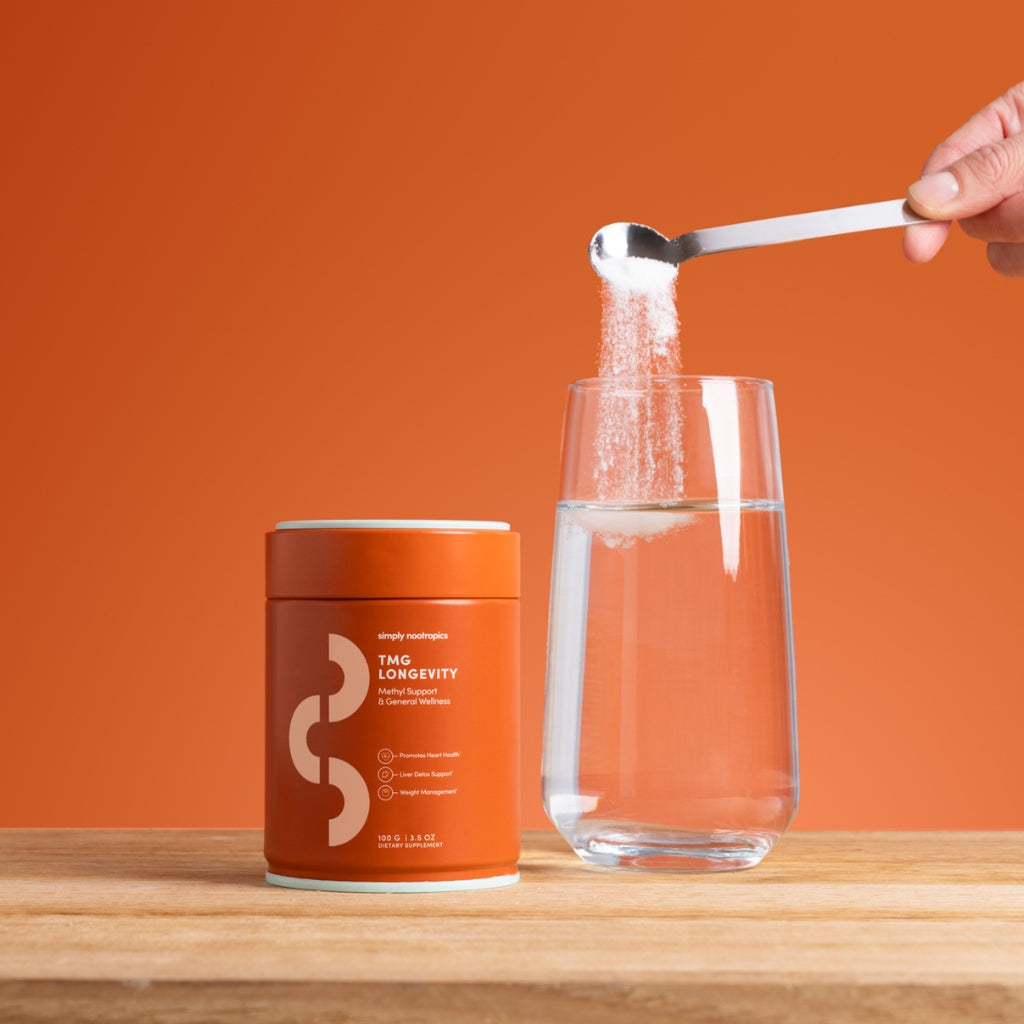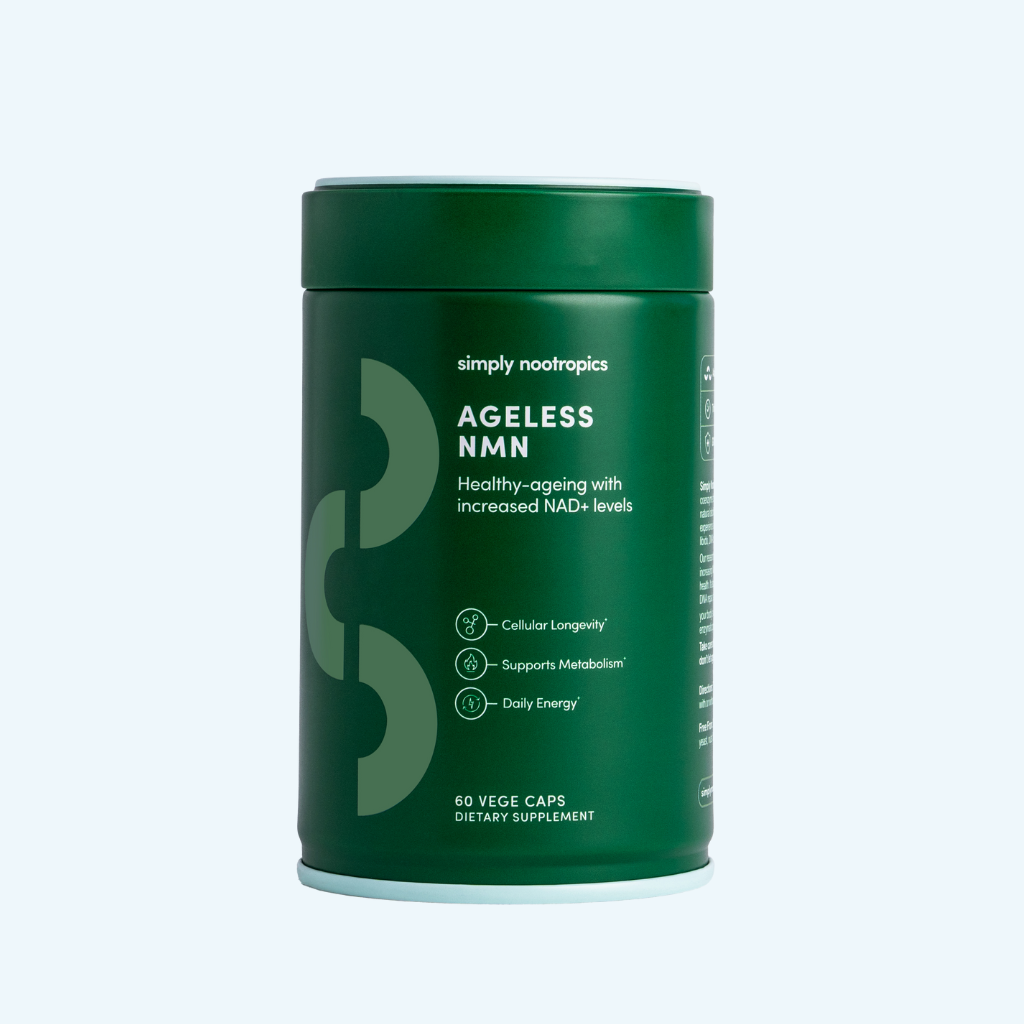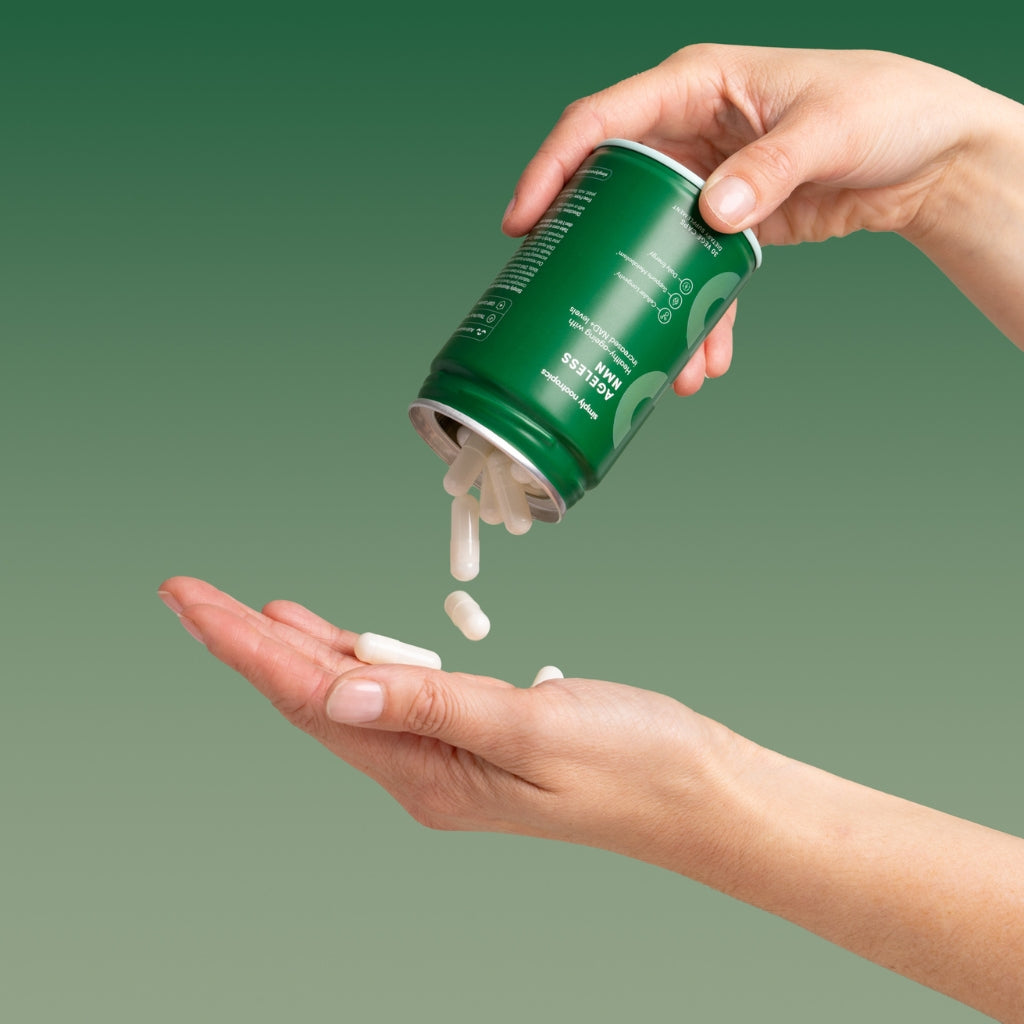Welcome to this week’s Longevity News, your trusted source for the latest discoveries and debates in the science of healthy ageing. In this edition, we explore why inflammaging might not be universal, the genetic secrets of mammalian tissue regeneration, a new perspective on running injuries, and the cognitive benefits of green spaces for children.
-
Inflammaging: Is It Really Universal?
For decades, the concept of “inflammaging”, that is, chronic, low-level inflammation that increases as we age, has been considered a defining feature of the ageing process. This persistent inflammation has been linked to a host of age-related diseases. The prevailing wisdom has been that, regardless of where you live or how you age, inflammaging is simply an inevitable part of growing older.
However, a fascinating new study is challenging this assumption. The researchers set out to compare inflammatory markers across four distinct populations: two from industrialised societies (Italy’s InCHIANTI study and Singapore’s SLAS) and two from non-industrialised groups (the Tsimane of the Bolivian Amazon and the Orang Asli of Malaysia). Their findings were eye-opening.
In the industrialised cohorts, the expected pattern emerged: inflammation increased steadily with age, supporting the traditional view of inflammaging. However, in the Tsimane, a population living a non-industrialised, traditional lifestyle, the story was different. Here, inflammation was primarily driven by acute infections, particularly parasitic ones, and actually decreased with age. Among the Orang Asli, the results were more mixed, with some markers showing a weak association with age and others not increasing at all.
These findings suggest that inflammaging may not be a universal phenomenon after all. Instead, the relationship between inflammation and ageing appears to be heavily influenced by environment, lifestyle, and evolutionary history. In other words, the chronic inflammation seen in industrialised societies may be more a product of our modern lifestyles, characterised by processed foods, sedentary habits, and reduced exposure to natural pathogens, than an unavoidable consequence of ageing itself.
This research opens up important questions about how we might prevent or mitigate age-related inflammation. It also highlights the need for more nuanced, population-specific approaches to healthy ageing, rather than one-size-fits-all solutions.
-
Regeneration: A Genetic Switch in Mammals
The ability to regenerate lost tissues or organs has long been the stuff of science fiction and the envy of the animal kingdom. While certain creatures, such as salamanders and zebrafish, can regrow limbs and organs with ease, mammals, including humans, have historically been considered poor regenerators. But that narrative is beginning to change, thanks to a remarkable new study.
The researchers have identified a genetic “switch” that can restore regenerative abilities in mammals. The key player is a gene called Aldh1a2, which is responsible for producing retinoic acid, a molecule essential for tissue regeneration. In mammals like mice and rats, this gene is not sufficiently activated after injury, which limits their ability to regrow tissue. By switching on Aldh1a2, or by introducing a gene enhancer from rabbits, the team was able to restore ear tissue regeneration in rodents.
This discovery is significant because retinoic acid signalling is crucial not only for skin and bone repair but also for the regeneration of nerves and organs. The hope is that, by understanding and manipulating this pathway, scientists may one day develop therapies that enable humans to repair or even regrow damaged tissues, potentially transforming the treatment of injuries, degenerative diseases, and age-related decline.
While the journey from mice to humans is a long one, this research marks a pivotal step in unlocking our own regenerative potential.
-
Rethinking Running Injuries
For anyone who enjoys running, injury prevention is a constant concern. Traditional advice has long focused on avoiding “overuse”, taking regular rest days, and correcting running form or biomechanics. However, a new study suggests that the causes of running injuries are far more complex than previously thought.
The research team analysed data from thousands of runners, looking at everything from training volume and biomechanics to genetics and injury history. Their findings revealed that injury risk is shaped by a unique combination of factors for each individual. Some runners can handle high training volumes and intense workouts without issue, while others are more prone to injury even at lower levels of activity.
Genetics, previous injuries, and how each person’s tissues adapt to stress all play a significant role. This more nuanced understanding points towards the need for highly personalised training and recovery strategies, rather than blanket recommendations. The key takeaway is to listen to your body, respect its limits, and recognise that what works for one person may not work for another. The future of injury prevention may well lie in tailored plans that take into account your individual biology and history.
-
Green Spaces and Children’s Cognitive Development
Beyond physical health, the environments we inhabit can have profound effects on our brains, especially during childhood. A growing body of research has linked exposure to nature with improved mental and physical wellbeing. Now, a new study provides compelling evidence that green spaces can significantly boost children’s cognitive development.
The study followed children with varying levels of access to parks, gardens, and natural environments. Those who spent more time in green spaces demonstrated better attention, memory, and learning outcomes compared to their peers with less exposure to nature. The effect was particularly strong in urban areas, where opportunities to interact with the natural world are often limited.
Researchers believe that green spaces help reduce stress, encourage physical activity, and foster social engagement, all crucial factors for healthy brain development. For parents, educators, and policymakers, the message is clear: investing in green spaces is an investment in the next generation’s cognitive and emotional wellbeing.
The Collagen Connection
As we learn more about the intricate links between inflammation, tissue regeneration, and overall wellbeing, it’s clear that supporting the body’s natural repair mechanisms is essential. Collagen, the most abundant protein in the human body, plays a vital role in maintaining the health of our skin, joints, gut, and connective tissues. As we age, our natural collagen production declines, which can affect tissue repair and increase susceptibility to inflammation.
That’s when Simply Nootropics Vital Beauty Collagen Peptides can help. Formulated to deliver highly bioavailable collagen, Vital Beauty is designed to support tissue regeneration, promote joint and gut health, and contribute to a balanced inflammatory response, making it a valuable ally in your own journey towards healthy ageing.
If you’re looking to complement the latest science with practical daily habits, incorporating Vital Beauty could be a smart step for supporting your body’s resilience and vitality as you age.



